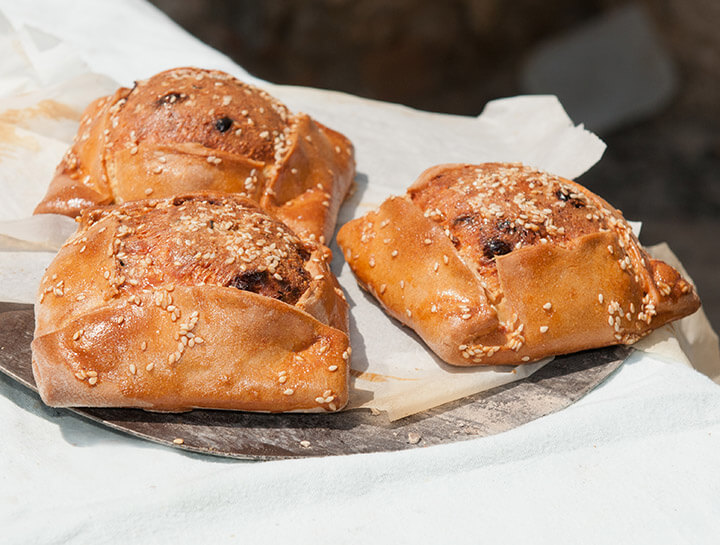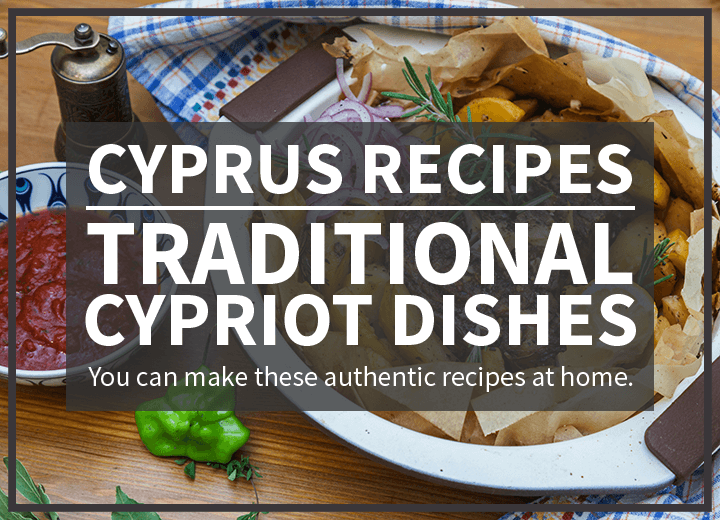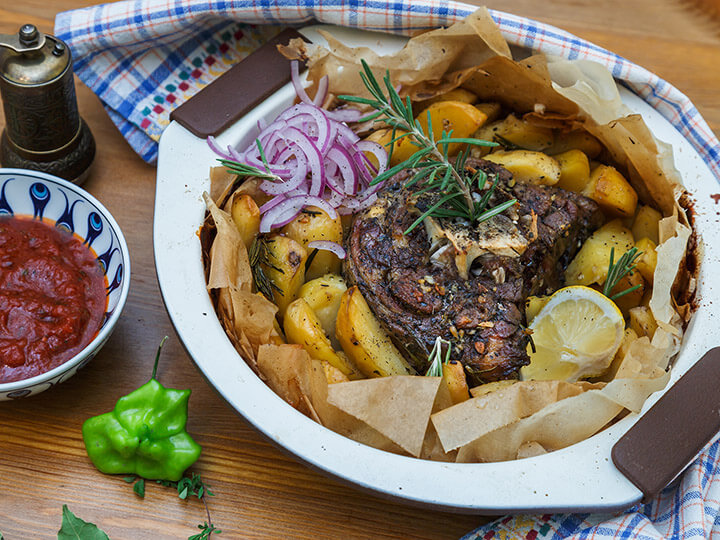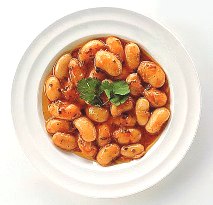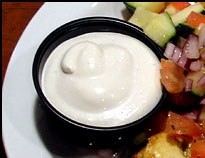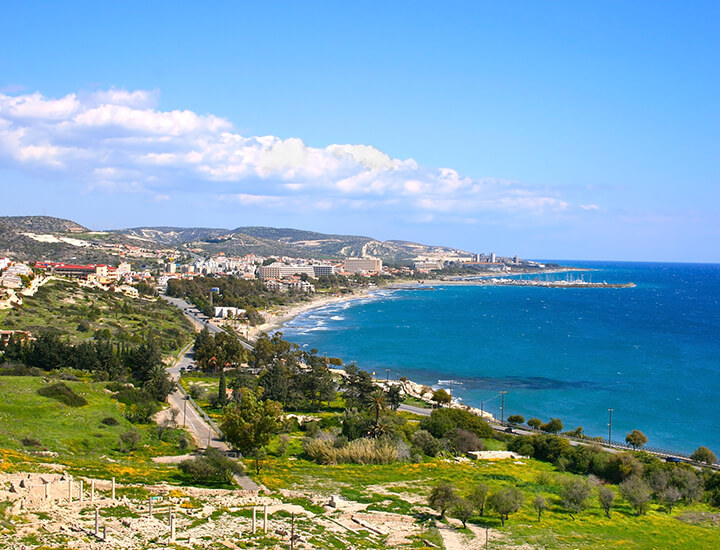We thought it would be interesting to write about some of the traditions and customs that one may come across amongst the Cypriot people.
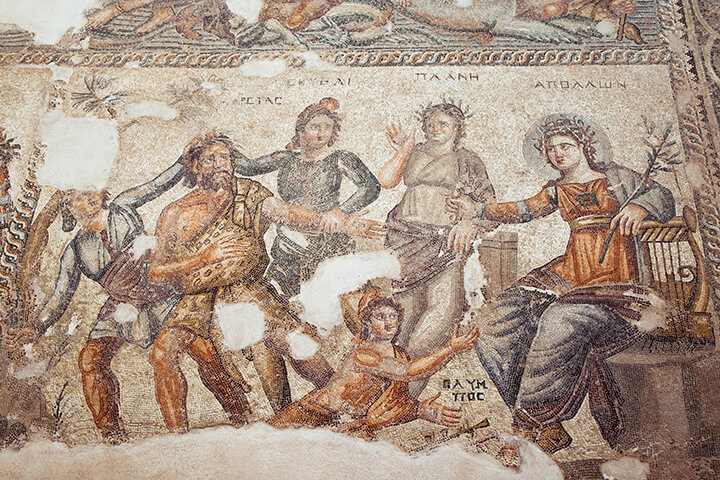
Some of these are traditional only to Cyprus, but the majority stem from Greek culture, and have been adopted and sometimes adapted over the years by Cypriots.
Welcome
One of the first aspects of the Cyprus culture experienced by foreigners to Cyprus is the warm welcome. Cypriots are known worldwide for the genuine and sincere hospitality and friendliness.
The words ‘Kalosorisate’ (Welcome!) and ‘Kopiaste’ (Come join us!) are frequently called to locals and foreigners alike.
Plate Smashing
The smashing of plates is an old time Greek tradition which spread to many of the Greek islands including Cyprus. Demonstrated at weddings, and other parties and celebrations, plates would be thrown to the floor and smashed while singing and dancing.
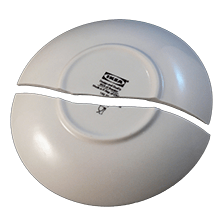 Previous to the plates, knives were thrown, in particular towards the feet of performing artists on stage, with the thrower shouting “Opa!” to signify respect to the artist and enjoyment of their performance.
Previous to the plates, knives were thrown, in particular towards the feet of performing artists on stage, with the thrower shouting “Opa!” to signify respect to the artist and enjoyment of their performance.
This practice died out due to many mishaps and injuries, and the throwing of plates took over.
It is said this custom is an expression of ‘Kefi,’ which roughly translated means ‘the spirit of joy, passion, enthusiasm, high spirits, or frenzy.’
Plate smashing can still be found in some parts of Cyprus, and in Greece. However, this tradition has also now mostly been replaced, with the throwing of flowers, due to the apparent ‘safety’ problems associated with many plates being smashed.
In many bouzoukia or other modern establishments, girls with baskets or plates with flowers will go around the tables and sell them to the customers, who then throw them to the performers on stage.
Worry Beads
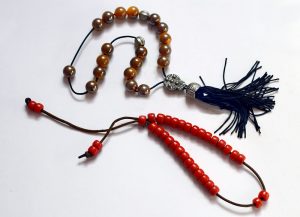
The komboloi, or string of beads, is a familiar sight in the hands of many Greek and Cypriot men. It became a popular form of plaything amongst men in Greece and many of the Greek islands.
Komboloi incorporates the word kombos, meaning the knot. The fascination and magic derived from these knots running through one’s fingers may well have come from the thoughts conjured up from playing with the string of beads. An uneven number of beads make up a komboloi.
The komboloi is said to be more than just a means of passing the time, it reflects a way of life. They are unquestionably relaxing, with the sound of the beads clocking together combined with the feel of the smooth beads between once fingers.
The beads can be bought in many weights, sizes, colors, and materials and can make an excellent, cost-effective gift, or a costly one.
Tuesday 13th
Unlike the western belief, in Cyprus, the unlucky day is Tuesday the 13th, and not Friday the 13th.
Evil Eye
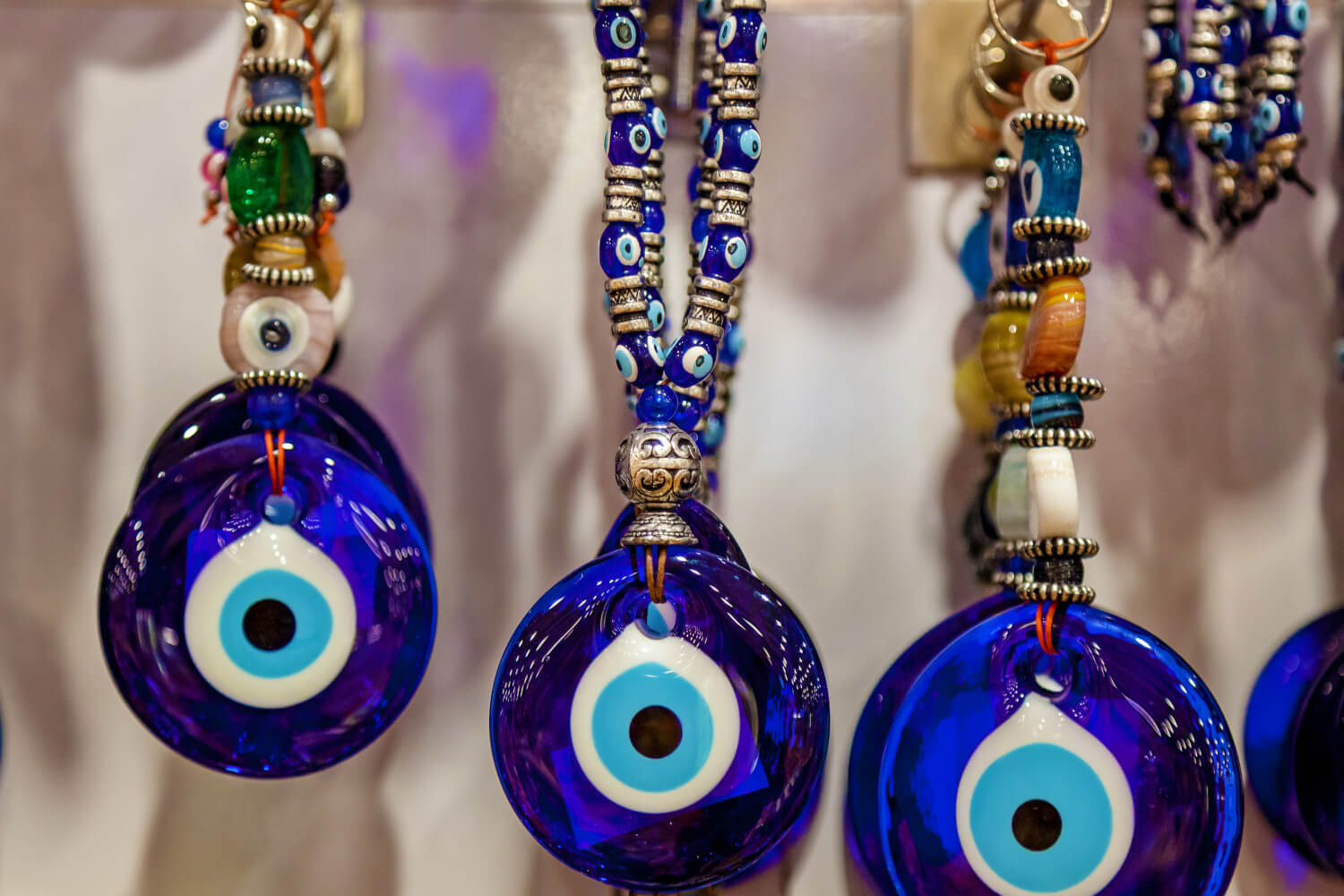
Some Cypriots believe that someone can catch the evil eye, or ‘matiasma,’ from someone else’s jealousy or envy.
After a person has caught the evil eye, they usually feel bad physically and psychologically. To avoid the matiasma, those who believe in it will often wear a charm; a little blue marble glass with an eye painted on it or a blue bracelet.
Blue is believed to be the color that wards off the evil eye, however, it is also thought that people with blue eyes are the givers of the matiasma.
Kallikantzaroi – Christmas Goblins
Kallikantzaroi are supposed goblin-like creatures that live in the center of the earth and find their way into people’s homes via the chimney.
Cypriots believe that they make all kinds of mischief such as dousing the fire, riding on people’s backs, braiding the tails of horses and making the milk sour.
It is believed that they visit only at Christmas time. The hearth is kept burning day and night throughout the twelve days of Christmas, to keep the Kallikantzaroi away
As well as this, a family member will go around the house every day during these twelve days and bless the house, while sprinkling holy water around, for protection.
Name Day
You will notice that birthdays are not such a celebrated event in Cyprus as they are in the UK. However, Name Days are very much celebrated.
Children are typically named after the Patron Saint of their region, with the eldest son often being named after his paternal grandfather and the eldest daughter after her paternal grandmother.
Because of this tradition, you will often find cousins with the same name. The Name Day is the feast day of the saint after whom a child was named. Some Saint’s Name Days get celebrated more than one time per year.
The tradition is for a party to be thrown on the person’s Name Day. A barbeque and buffet at the house are usually prepared, and there is lots of singing, dancing, and drinking. Invites are not traditionally given to join the celebrations of a Name Day – friends, family, and neighbors are just expected to visit.
Some may only stay a short time, as they will have other friends or family with the same name to visit. It is customary to take a small gift to the person celebrating their name day. Usually, this would be flowers or a small plant.
Each Greek Orthodox Church is also named after a saint. Therefore, there are also community celebrations for its Name Day, known as ‘Panigiria,’ which include food, fireworks, and fairs. On the eve of the saint’s day, villagers and street-vendors may gather in the grounds of the patron saint’s church to sell local delicacies.
Download Saints Name Days here (in pdf format, may not be compatible with mobile devices)
Orthodox Easter
Unlike the Christian Easter, Orthodox Easter is the first Sunday after the full moon of the vernal equinox, so the date varies each year. In 2018, Cyprus Orthodox Easter will be from Friday 6th April (Good Friday) through to Tuesday 10th April. Orthodox Easter ends 50 days of lent, during which fasting takes place.
Easter in Cyprus lasts for five days, from Good Friday, through to the following Tuesday. Most significant shops and businesses will close for much of the Easter period. On Easter Saturday, everybody heads for the churches for the midnight sermon.
Upon exit from the church, they can be heard greeting each other with the words “Christos anesti,” which means ‘Christ has arisen,’ and others may reply “Alithos anesti,” which means ‘indeed he has arisen.’
Candles and bonfires are lit, and firecrackers are let off all around the island. This activity marks the end of fasting, and most people go home to eat traditional Cypriot Easter Soup (mayeritsa) and flaounes, which are traditional easter cheese pastries.
Easter Sunday is a day of rejoicing, feasting, drinking, singing and cracking red-dyed eggs. The idea of the eggs is to tap your egg hard against your opponent’s egg, and the person who holds the last uncracked egg will be lucky. It is mostly children who play the eggs, but many adults do too.
Barbeques will be lit up all around the island as spring lambs are roasted on the spit, and the wine flows freely.
